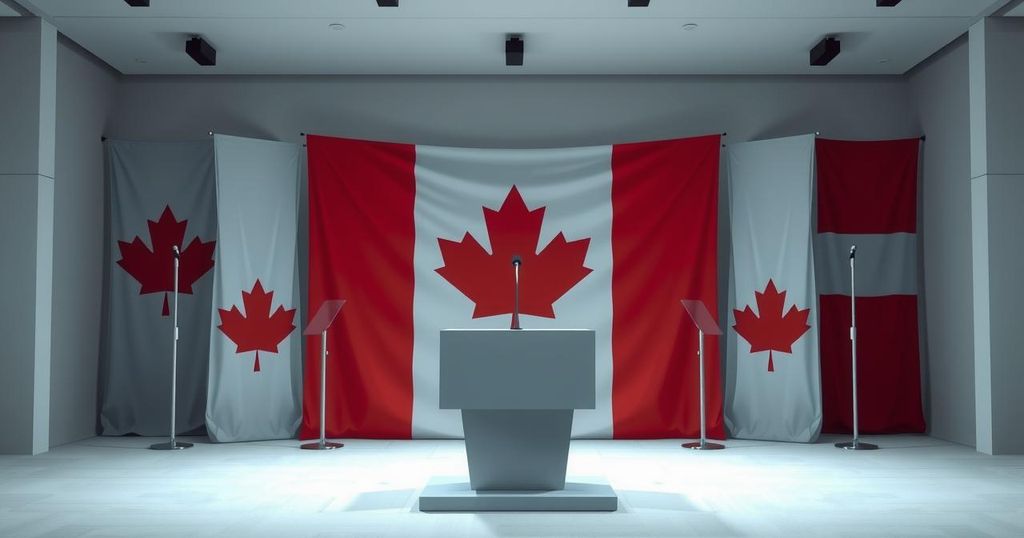Canada’s Economic Response to Trump’s Tariff Threats and Future Strategies

The article discusses the impact of President Trump’s tariff threats on Canada and the urgency for Canada to redefine its trade and economic strategies. It outlines two main paths forward: one focusing on resource development and the other on stricter climate policies. The upcoming election will be a crucial moment for Canadians to decide on their preferred economic direction amidst rising American nationalism.
In the wake of President Donald Trump’s “America First” policy, Canada is grappling with potential tariff implications on trade. Trump’s threats of imposing substantial tariffs on Canadian goods have created market uncertainties, as many view this as a negotiation tactic rather than a definitive move. The temporary halt on tariffs, coupled with new suggestions of tariffs on Europe, indicates a broader strategy aiming to boost U.S. manufacturing and reduce trade deficits by reshaping global trade relations.
To navigate the looming trade challenges, Canada should consider a multifaceted approach, emphasizing diplomacy to improve trade relations and security. Current U.S. trade norms, including tariffs and restrictions, present obstacles that negatively affect the Canadian economy. Resolving issues such as “Buy American” policies, the ongoing softwood lumber dispute, and others could pave the way for a strengthened trade agreement and bolster North America’s collective economic resilience.
In focusing on strengthening its economy, Canada faces a stark choice between trade diversification and reinforcing ties with the U.S. The majority of Canadian exports, particularly in energy and automobiles, are heavily reliant on the American market, making diversification a complex challenge. Moreover, political decisions regarding energy resources have hindered potential growth, emphasizing the necessity to balance resource development with climate commitments while remaining competitive globally.
As Canadians deliberate on their economic future, the ideological divide over carbon policy and energy strategies will play a critical role in the upcoming federal election. Conservative Leader Pierre Poilievre advocates for resource development, while Liberal aspirant Mark Carney leans towards stricter climate measures. Ultimately, the responses to tariffs and low productivity will be pivotal issues for voters as they consider the best path forward.
The article highlights the complexities and implications resulting from President Trump’s tariff policies and their potential effects on Canadian trade. It discusses Canada’s economic response options amidst increasing American nationalism and competition and emphasizes the necessity for effective diplomatic measures and strategic economic decisions. As global trade landscapes shift, Canada must adapt its policies regarding resource development and climate strategies to maintain economic stability and growth.
In conclusion, Canada must strategically address the forthcoming trade threats posed by U.S. tariffs under Trump’s administration. By enhancing diplomatic relations, tackling domestic market limitations, and choosing between resource development and stringent climate policies, Canada can navigate a path towards sustainable economic growth. The upcoming federal election will be critical in determining the direction of Canada’s economic strategy in light of these challenges.
Original Source: nationalpost.com








